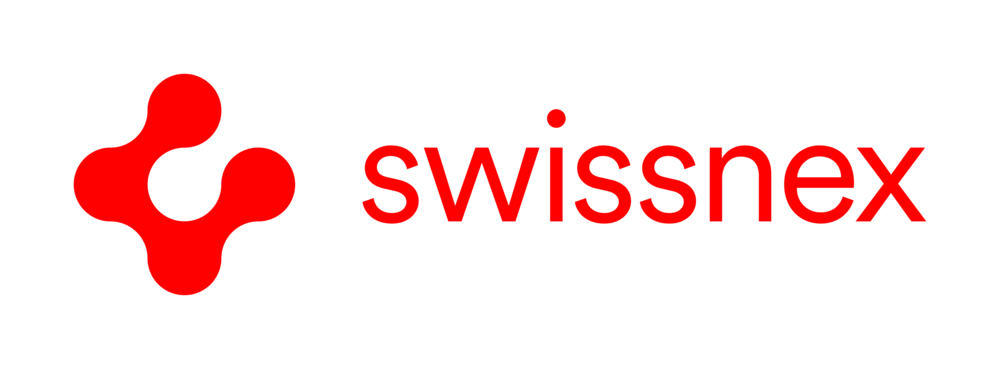As part of the Diplomatic Staff of the Swiss Embassy I have the privilege of attending an intensive training program offered by the Beijing Municipal Education Commission for free. It comprises Chinese language and culture courses to deepen my understanding of the environment I now live in.
My class recently had the opportunity to visit the Beiing University of Chinese Medicine (BUCM).
Established in 1956 it has some 30,000 students today. It is in fact the only Traditional Chinese Medicine (TCM) university that is part of Project 211, a multi-billion program launched by the Ministry of Education to raise the quality of education and research in China.
BUCM was the first TCM institution in China to accept foreigners. Now, some 900 international students call the university their alma mater. Today, BUCM cooperates with 27 countries and constantly looks for new partners.
After a brief introduction to BUCM we students learnt about TCM and its way of practicing.
Professor Zhao Baixiao from the School of Acupuncture and Moxibustion explained that TCM is based on a 3000-year-old history.
Some of the concepts of TCM certainly are contentious, mainly because they don’t entail a science-based approach. But it should also be evident that over the many, many centuries, a lot of experience has accumulated through trial-and-error. This has undoubtedly produced a lot of effective drugs and forms of treatment.
TCM is based on a few fundamental ancient philosophies.
- The Yin Yang theory: Yin and Yang describe the way phenomena naturally occur in pairs of opposites (e.g. heaven-earth, sun-moon, day-night, summer-winter, male-female).
- The Five Elements theory: It rests on the notion that all phenomena in the universe are the products of the movement and mutation of five qualities: wood, fire, earth, metal, and water; the interaction of the five elements explains the nature of all phenomena.
- The Qi and essence theories in Taoism: Qi is the basic substance by which all movements and mutations of all phenomena in the universe arise; Qi is the original power of the human body to perform normal activities.
- The I Ching, the Book of Changes: It is about a system of cosmology and philosophy intrinsic to Chinese culture
Following the presentation we learnt that there are over 8,000 ingredients used for medical prescriptions and that about 10-20 ingredients are typically used for one formula.
We experienced firsthand how students learn to properly use an acupuncture needle or massage patients by matching certain patterns registered by a computer.
The final part of the class allowed us to have our “ailments” treated. For instance, I had a needle stuck into my hand two centimeters deep, underwent a mini-session of cupping (which left red circular marks on my back), and patched hard tiny one-millimeter seeds onto pressure points on my ear (pressing them hurt more than the needle!).
Out of interest I also asked about the doctor’s advice with regards to nutrition. I now know that it should not be “rice only”, but in fact a combination of bean, millet, rice, corn, and wheat.
Promising to be a 乖 student I try to have a varied diet. And I remind myself that, yes, the body needs rest from 11pm to 6am.



